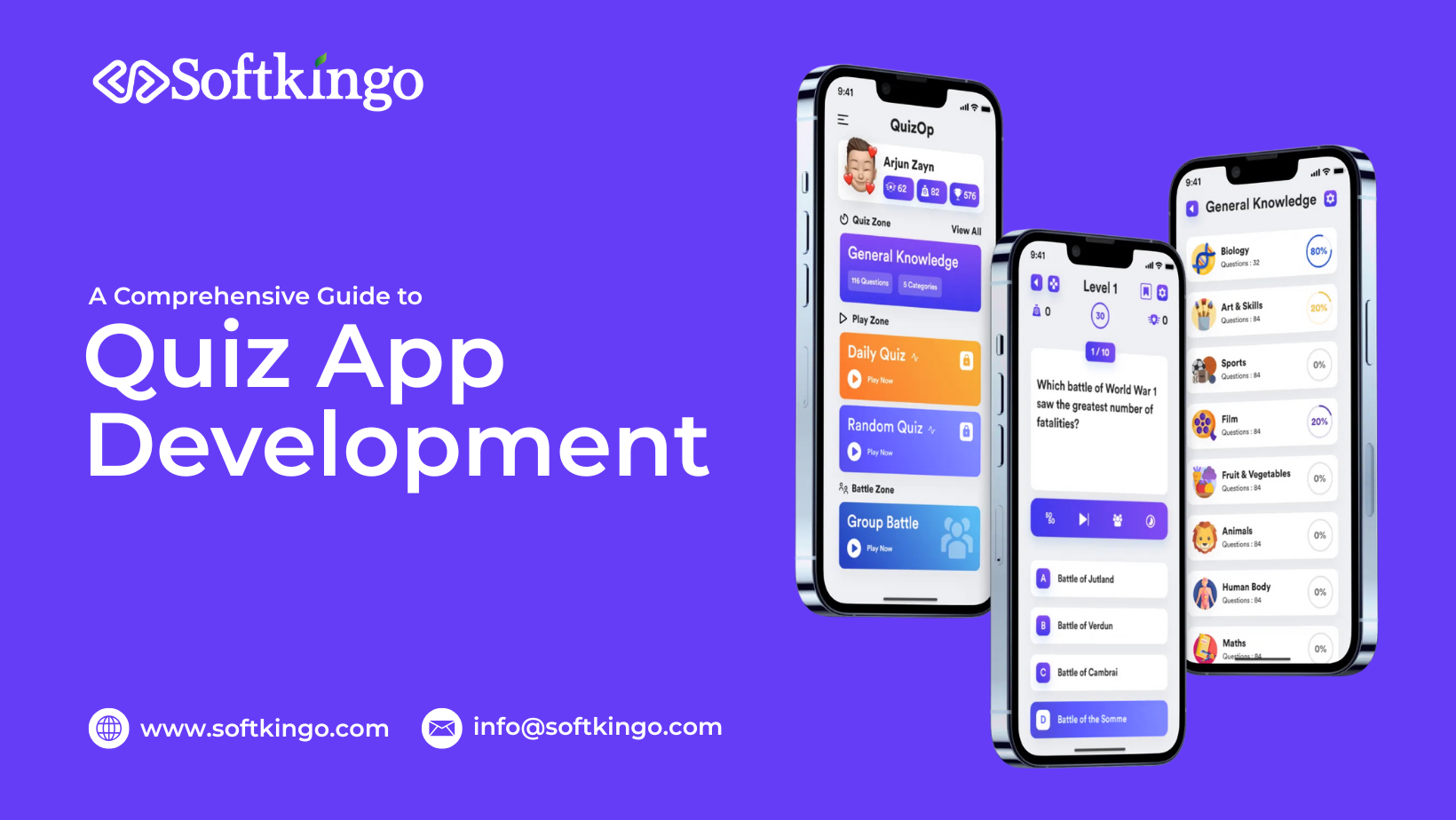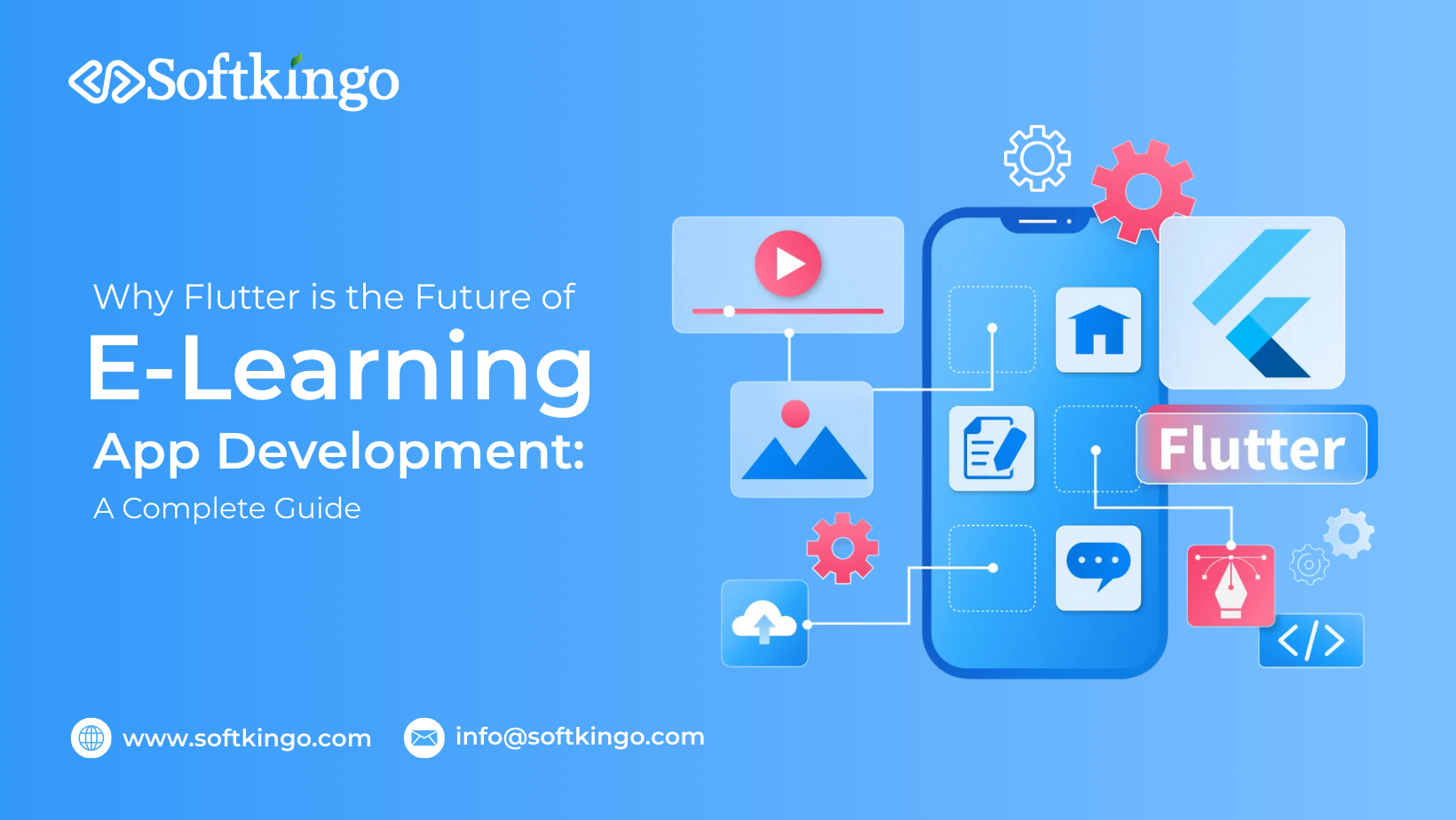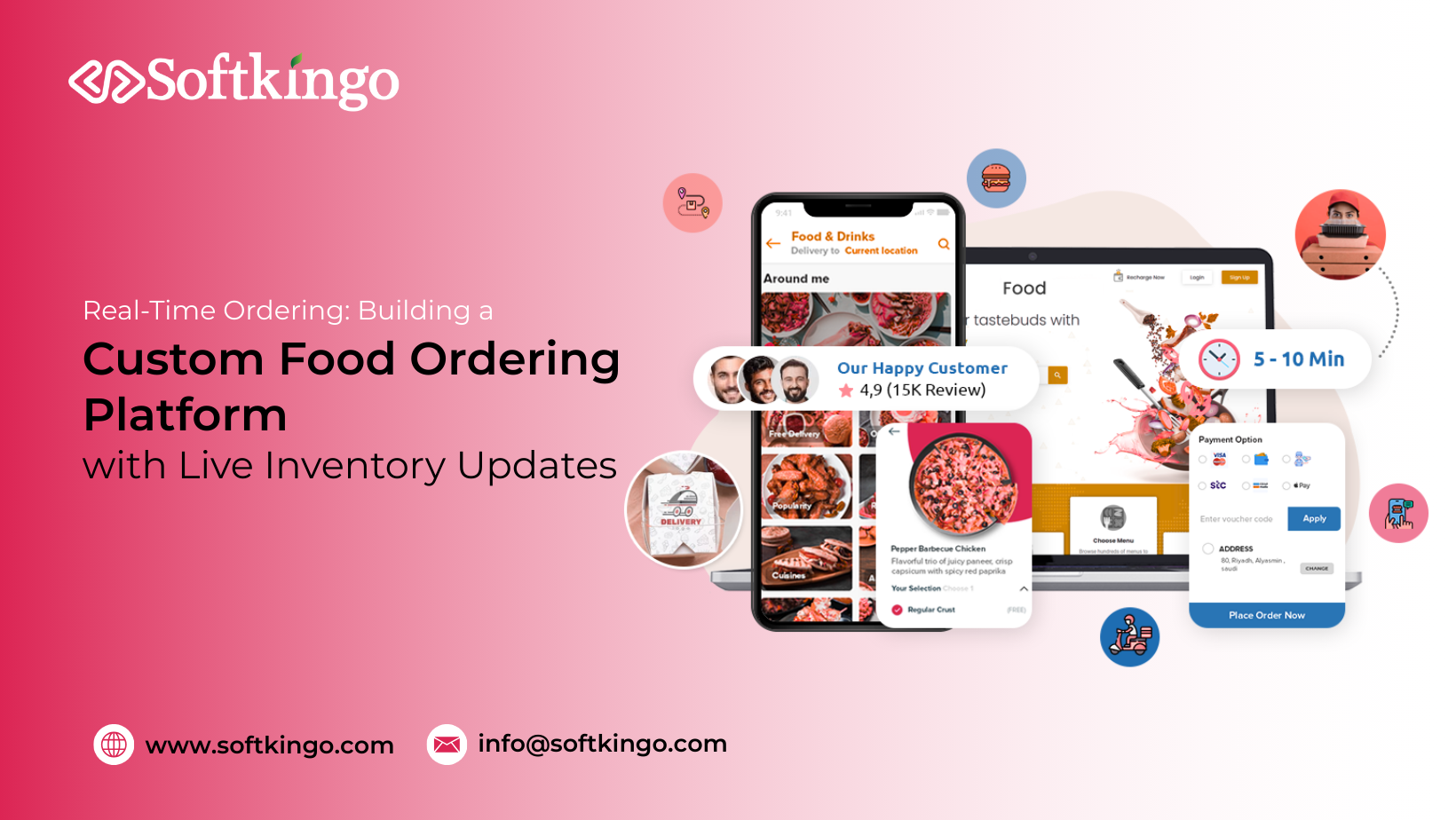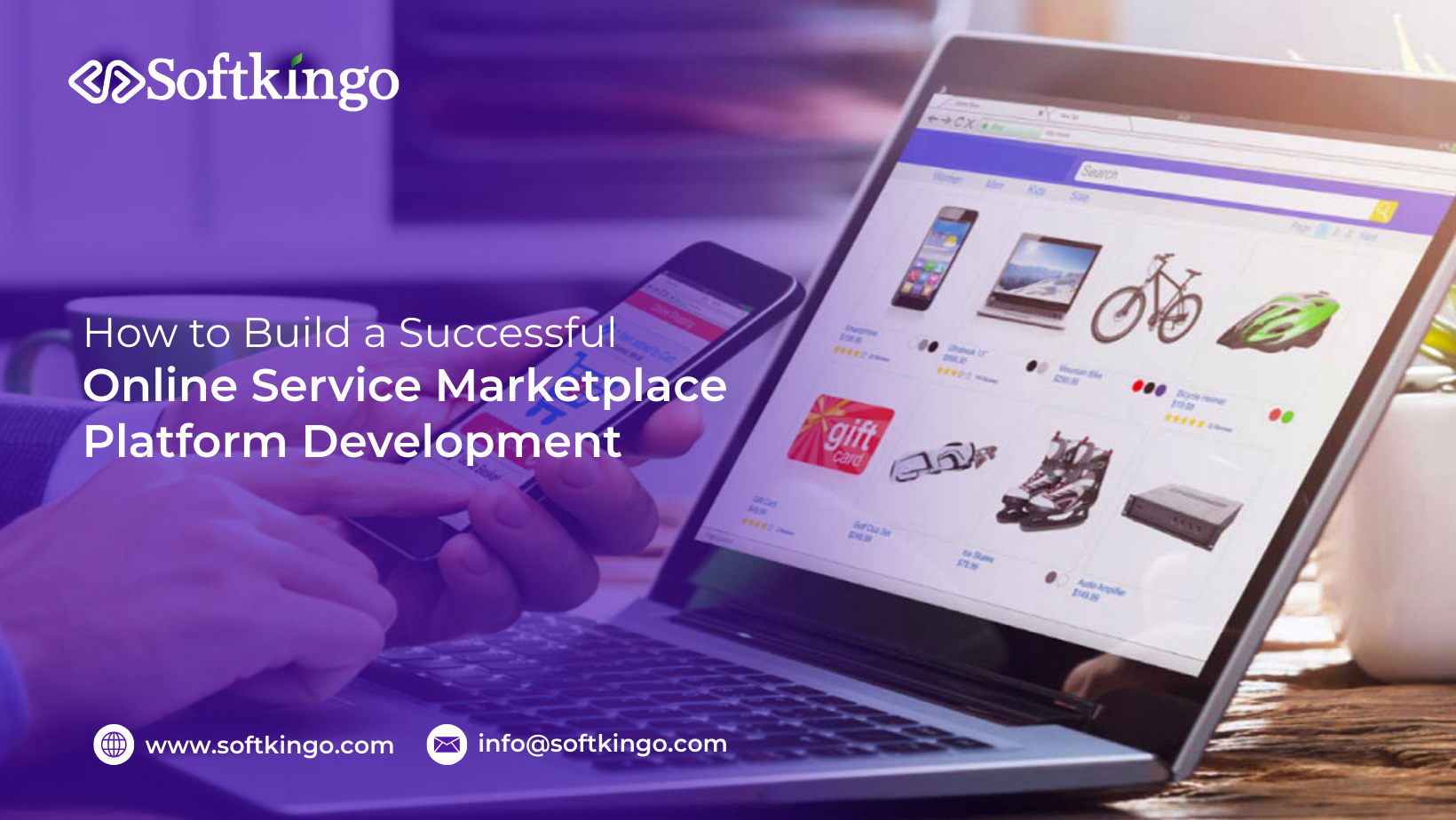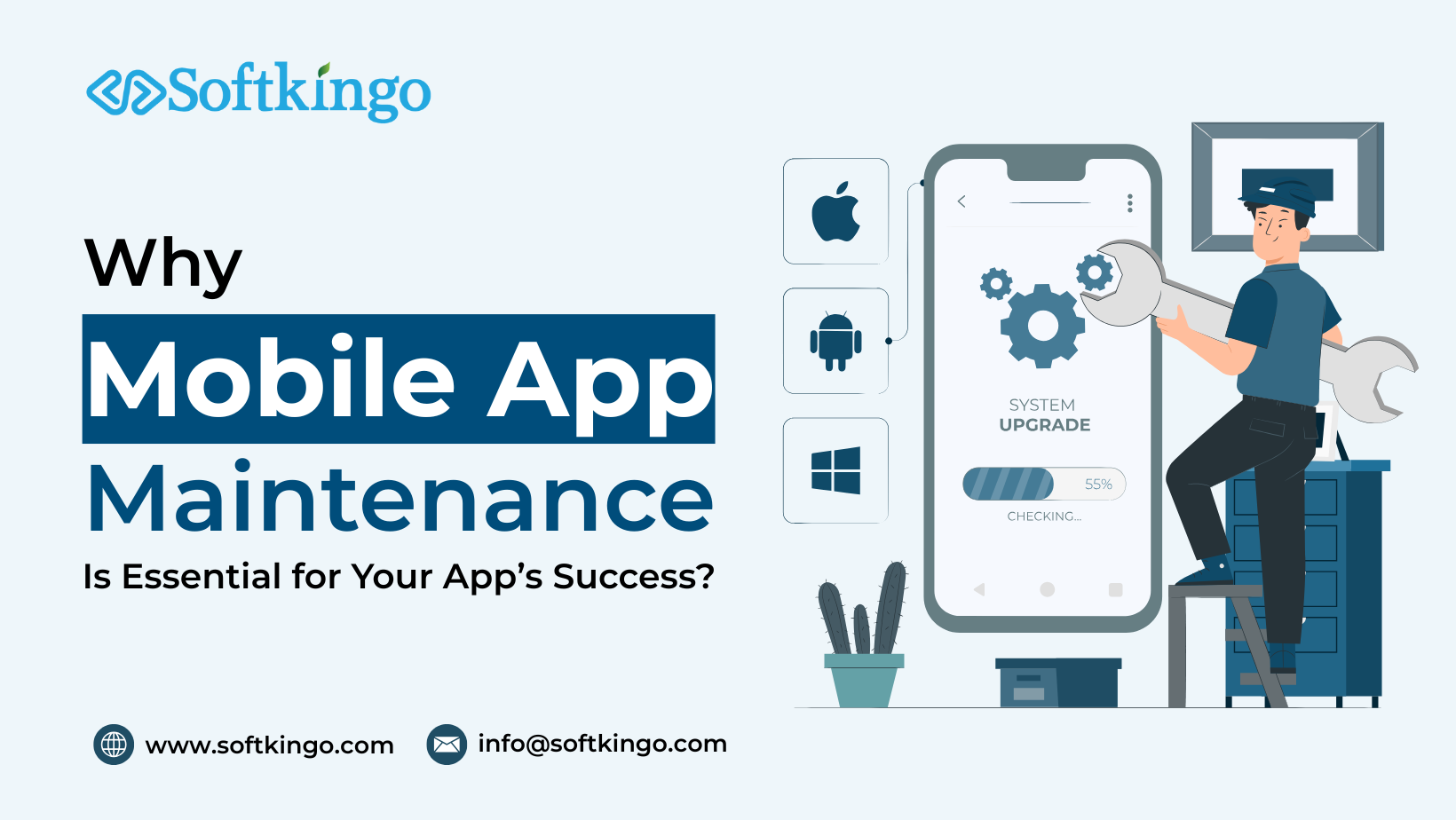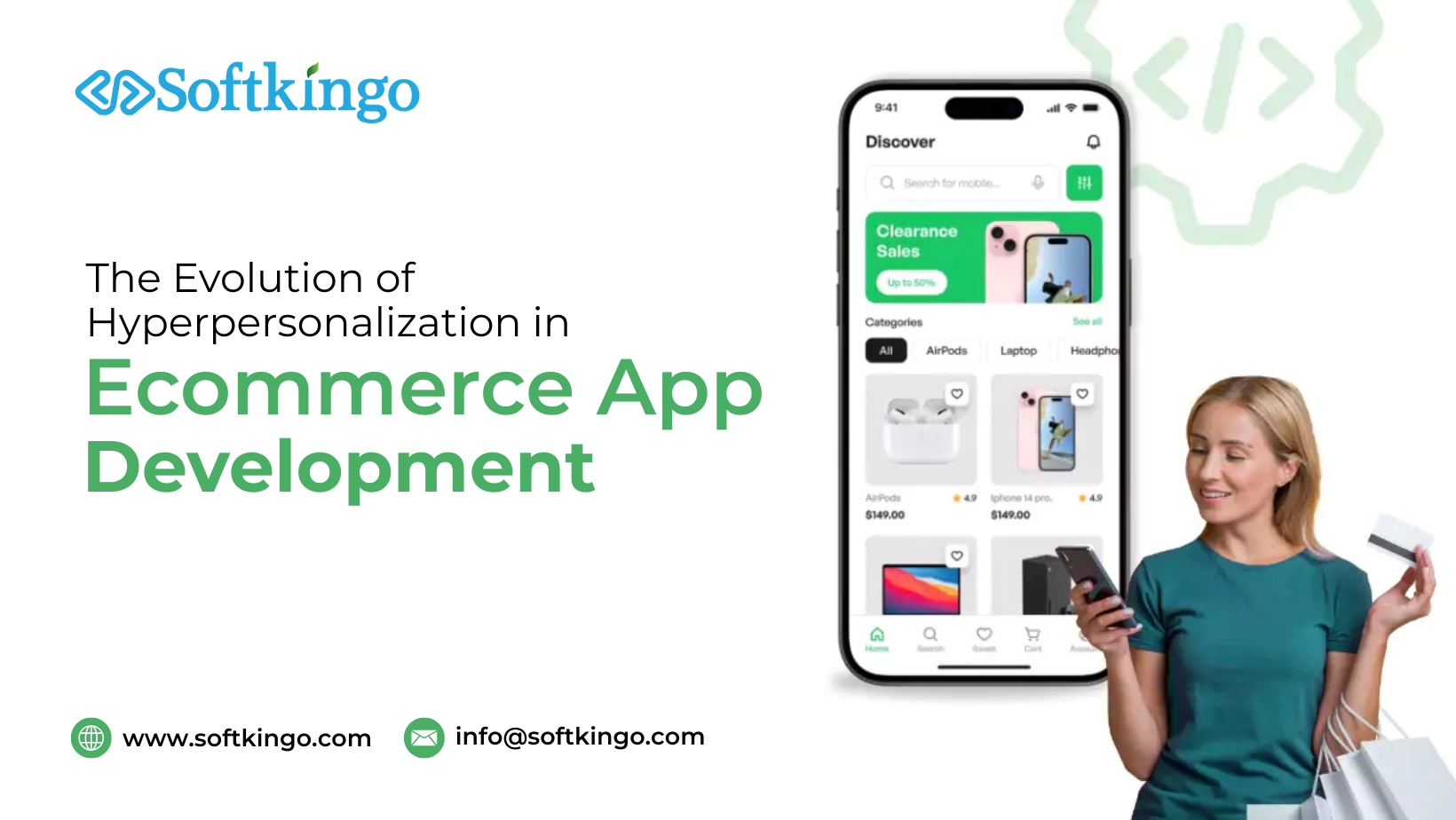
So much in eCommerce that makes 35% of the gross revenues of this digital powerhouse, says the tale: AI-powered personalization is the business necessity today!
Hyperpersonalization in eCommerce delivers AI-based, context-aware, and behavior-driven shopping experiences oriented and tailored toward the individual preference of each separate user. Instead of mere information-based personalization of yester years oriented toward demographics or past purchase history, hyperpersonalized eCommerce solutions leverage real-time user activity, predictive analytics, and machine-learning algorithms to dynamically tailor the user experience.
Traditional personalization is static, limited, and indeed, irrelevant when the digital world thrives on choices and expectations. In this blog, we shall take you to the concept of hyperpersonalization, how it is changing personalized mobile shopping experiences, and what tools, architectures, and strategies will drive the future of AI in eCommerce.
What Is Hyperpersonalization?
Hyperpersonalization involves leveraging real-time behavioral information, AI/ML models, and contextual knowledge to design highly relevant shopping experiences. Whether it's recommending the ideal product at the ideal time, or tailoring homepage content based on location, weather, and browsing activity, hyperpersonalization renders online shopping highly informed and conversion-oriented. Hyperpersonalization makes sure each campaign reaches the right people at the right moment.
Companies that employ hyperpersonalization in eCommerce experience a 320% boost in their conversion rates. AI-powered content and personalized push notifications have the potential to cut churn by up to 50%. Hyperpersonalized product recommendations account for 31% of overall eCommerce revenue.
Personalization vs. Hyperpersonalization
| Feature | Personalization | Hyperpersonalization |
| Data Sources | Static (e.g., name, past orders) | Dynamic (real-time behavior, location, sentiment, etc.) |
| Tech Involvement | Basic filters or rules | AI, machine learning, behavioral analytics |
| Content Delivery | Generalized suggestions | Real-time, predictive, context-aware content |
| Business Impact | Moderate engagement | High conversion, retention, and lifetime value |
| User Experience | One-size-fits-all | Deeply personalized mobile shopping experience |
Why Does Hyperpersonalization Matter?
In today’s world, shoppers are overwhelmed with choices everywhere they turn. Hyperpersonalization is what separates brands that get ignored from those that customers can’t resist. People don’t just like personalized experiences anymore—they expect them. In fact, studies show that 91% of consumers are more likely to buy from brands that recognize and remember them, offering relevant deals and content.
This is especially true for ecommerce apps, where success depends on delivering mobile shopping experiences that feel seamless, intuitive, and genuinely human.
What It Means for Shoppers (Customer Experience)
Today’s buyers want more than just a transaction—they want a smooth, personal journey. Hyperpersonalized ecommerce apps make this possible by:
- Helping users find exactly what they want faster with AI-powered recommendations that change in real time.
- Cutting through the noise by showing only what’s relevant to each person, reducing overwhelm and decision fatigue.
- Creating emotional connections with personalized messages, images, and promotions that really speak to each shopper.
When users feel truly understood, they’re happier, more engaged, and more likely to stick around for the long haul.
What It Means for Your Business
Hyperpersonalization isn’t just good for customers—it directly boosts the numbers that matter:
- Conversion Rates: Tailored calls-to-action and recommendations encourage shoppers to buy more, more often.
- Average Order Value: Smart cross-sells and upsells, based on real-time behavior, increase the size of each purchase.
- Customer Lifetime Value: When experiences feel relevant and ongoing, customers come back again and again—driving sustainable growth.
Why Hyperpersonalization Matters in Ecommerce App Development
Did you know that 74% of Gen Z shoppers are more likely to buy from brands that give them personalized experiences based on what they’re doing right now? Today’s consumers—especially Gen Z and Millennials—expect brands to anticipate their needs before they even ask. These digital natives prefer shopping experiences that feel tailored just for them, with smart recommendations and AI-driven features that make browsing easy and fun.
Here’s why hyperpersonalization is a game changer for your ecommerce app:
Higher Conversion Rates
When AI tailors product suggestions and calls-to-action exactly to what users want in the moment, shoppers are far more likely to take action. Whether it’s nudging someone to complete their cart or showing the perfect item on the homepage, hyperpersonalization helps turn visits into purchases—and cuts down on abandoned sessions.
Bigger Shopping Baskets (Higher Average Order Value)
When product recommendations hit the mark, customers tend to buy more. Your app can suggest complementary items, bundle offers, or upsells that feel natural and relevant because they’re based on real-time behavior. The result? Larger orders and better deals for both shoppers and your business.
Stronger Customer Loyalty and Retention
People keep coming back when they feel understood and valued. Personalized push notifications, loyalty rewards tied to past purchases, and content that changes based on user interests build emotional connections. This boosts customer retention, lowers churn, and helps your brand become their go-to.
Longer Customer Lifetime Value (LTV)
By delivering relevant, timely experiences at every stage of the customer journey, you extend how long customers stick with your brand. More repeat purchases mean more revenue—and a healthier bottom line over time.
Happier Users, More Engagement
Personalized content feels memorable and meaningful. When users see product feeds, messages, and offers that resonate with their tastes and timing, they spend more time in your app and come back often. This creates loyal fans who tell their friends, helping your brand grow organically.
Smarter Marketing Spend
Instead of blasting mass emails or ads that may miss the mark, hyperpersonalization lets you tailor every message to exactly the right user at the right moment. AI removes the guesswork, so your marketing budget goes further—delivering better results with less waste.
The Tech Behind Hyperpersonalization in 2025
As ecommerce personalization keeps evolving, so do the technologies powering it. To deliver seamless, real-time, and deeply relevant shopping experiences, modern apps rely on a sophisticated tech stack:
Artificial Intelligence & Machine Learning
AI is the engine behind smart personalization. By analyzing browsing habits, purchase patterns, session frequency, and tiny user actions, machine learning models build detailed profiles that predict what shoppers want next. This lets your app personalize everything—from product recommendations to homepage banners—in ways that feel natural and spot-on.
- Collaborative Filtering: Suggests products based on what similar users have liked or bought.
- Content-Based Filtering: Recommends items by matching product features to a user’s preferences.
Real-Time Data Infrastructure
Timing is everything in ecommerce. Using tools like Apache Kafka or AWS Kinesis, apps can instantly track clicks, scrolls, and cart updates—adjusting content on the fly so every shopper sees a unique, relevant version of the app. This responsiveness is the foundation of a truly personalized experience.
Natural Language Processing (NLP)
With voice and chat becoming more popular, AI is moving beyond visuals. NLP powers smarter, more human-like interactions:
- Personalized Chatbots: AI helpers that offer product advice, solve issues, and process returns—all customized to the shopper’s profile.
- Voice Commerce: Allows hands-free shopping through voice assistants, making it easier for customers to find and buy what they want.
- Sentiment-Aware Support: Recognizes user feelings to prioritize urgent issues or respond with empathy in real time.
Customer Data Platforms (CDPs), Data Lakes & Identity Graphs
Hyperpersonalization depends on having one clear view of each customer. CDPs and identity graphs pull together data from stores, websites, apps, and emails into a single profile that updates continuously. This unified data lets your app personalize experiences smoothly across devices and channels—no matter how people interact with your brand.
How to Bring Hyperpersonalization to Your eCommerce App
Creating a truly personalized shopping experience means blending smart tech, data, and strategy — whether you’re upgrading an existing app or building something new. Here’s a straightforward way to turn that vision into a real, impactful feature that your customers will love.
1. Take a Good Look at What You Have Now
Before jumping into new tech or redesigning your app, start by checking out your current setup. How are you collecting and using customer data today? Are you only using old info, or do you capture real-time behaviors? Spot any gaps in data, segmentation, or personalization methods. This check-up sets the stage for building something smarter and more personalized.
2. Pick the Right Tools
Choosing the right technology is key. Look for a solid Customer Data Platform (CDP) that brings all your customer info into one place, and add AI tools that can predict what shoppers want next. Cloud platforms like AWS or Azure help keep things flexible and fast. When you get your tech stack right, you’re set to create a dynamic, personalized shopping experience that adapts to each shopper.
3. Start Small with Easy Wins
Trying to personalize everything at once can get overwhelming — and expensive. Instead, focus on quick wins that show immediate results. Think personalized product suggestions on the homepage, targeted messages for people who abandoned their carts, or push notifications based on recent browsing. These small but powerful features boost engagement and sales while building momentum for bigger projects.
4. Test, Measure, and Improve
Don’t just guess what works—test it! Use A/B or multivariate testing to compare different personalization strategies. Track important metrics like how many visitors turn into buyers, how much they spend, and how often they come back. Using real data keeps your app improving and ensures your personalization efforts truly resonate with users.
5. Bring in the Experts
Hyperpersonalization relies on advanced AI and machine learning, so having skilled data scientists and MLOps pros on your team is a game changer. They can build smart models, keep them running smoothly, and turn complex data into insights that create seamless, personalized shopping journeys.
6. Use APIs and Integrations Wisely
Modern apps thrive on flexible connections. Use APIs—like REST or GraphQL—to pull in data and deliver personalized content fast. Integrate third-party AI tools like Algolia for search, Segment for tracking, or Bloomreach for full personalization workflows. This approach speeds up development and enhances your app with proven tech.
7. Automate for Continuous Improvement
To keep personalization fresh and fast, set up automated pipelines with DevOps and MLOps. This means your AI models and personalization rules update regularly without downtime. Continuous integration and delivery help roll out new features quickly. Plus, real-time monitoring means you can catch issues early and adjust your strategy as customer habits change.
Where Hyperpersonalization Really Shines
In today’s competitive eCommerce world, hyperpersonalization isn’t just nice — it’s essential. Here are some key ways it makes a difference:
Smarter Product Discovery
AI-powered search and filters help shoppers find exactly what they want — fast. Your app learns their tastes and adjusts results in real time, cutting down browsing time and boosting conversions.
Dynamic Homepages That Feel Just Right
Imagine a homepage that changes based on each user’s preferences and past purchases. Personalized layouts and promotions make the shopping experience feel tailored and engaging, keeping customers around longer.
Targeted Marketing That Hits the Mark
Send timely push notifications, emails, or SMS that respond to user behavior — like reminding about abandoned carts or offering personalized discounts. This boosts open rates, clicks, and sales.
Loyalty Programs That Actually Work
Real-time, personalized rewards and gamified dashboards make loyalty fun and motivating. Customers earn points and unlock offers tailored to their buying habits, encouraging them to come back again and again.
Adaptive Pricing and Bundles
AI can also customize prices and product bundles based on customer profiles and market trends. This helps maximize revenue while offering shoppers great deals that feel made just for them.
Challenges to Prepare For (And How to Solve Them)
There’s no doubt that hyperpersonalization in eCommerce can be a game-changer—delivering tailored experiences, boosting engagement, and increasing conversions. But unlocking those benefits isn’t always smooth sailing. From privacy concerns to technical hurdles, here are some common challenges you might face—and how to overcome them.
1. Privacy & Compliance
The challenge:
Customers want personalized experiences, but they also expect their data to be handled responsibly. With laws like GDPR and CCPA in place, compliance isn’t optional—it’s essential.
The solution:
Be upfront about how you collect and use data. Implement a robust consent management platform and regularly audit your app features for compliance. When users feel in control of their data, they’re more likely to trust your brand—and stick around.
2. Data Fragmentation & Silos
The challenge:
Customer data often lives in multiple systems—CRM, CMS, POS, etc.—making it hard to create a unified view. That fragmentation can lead to inconsistent personalization (and frustrated users).
The solution:
Invest in a Customer Data Platform (CDP) to bring it all together. A CDP gives you a 360-degree view of each customer, allowing you to deliver seamless, personalized shopping experiences—whether on mobile, web, or in-store.
3. Scalability Concerns
The challenge:
Real-time personalization can be resource-heavy, especially during peak shopping times. If your infrastructure can’t keep up, it could impact performance—and your bottom line.
The solution:
Build your eCommerce app on cloud-native architecture with auto-scaling capabilities. Use load balancing, caching, and event-driven systems to keep things running smoothly, even during high-traffic spikes.
4. Bias & Algorithm Transparency
The challenge:
AI-powered personalization can unintentionally introduce bias, affecting fairness and customer trust.
The solution:
Use explainable AI techniques to make your models more transparent. When you can clearly explain why a product was recommended, it builds credibility—and gives your team the tools to fine-tune results for fairness and accuracy.
What’s Next: The Future of Hyperpersonalized eCommerce
As technology evolves, so does the potential of personalized shopping experiences. Here’s a look at what’s on the horizon for eCommerce app development:
1. Generative AI for On-Demand Content
Imagine product descriptions and images that update in real time to reflect each shopper’s preferences. Generative AI makes this possible—producing tailored content that speaks directly to individual tastes, driving stronger engagement and more conversions.
2. Privacy-Safe Personalization with Synthetic Data
Synthetic data allows you to train personalization models without exposing real customer info. It’s a win-win: better personalization that respects privacy and aligns with ever-tightening data regulations.
3. Voice & Emotion Recognition
Voice commands and emotion detection will take personalization to a new level. Think of apps that respond not just to what users say—but how they’re feeling. It's about creating empathetic, more human-like shopping experiences.
4. AR/VR Meets Hyperpersonalization
Picture a virtual fitting room that knows your body shape and style preferences—or a virtual store tailored entirely to your taste. The mix of AR/VR with personalized experiences is set to revolutionize how we shop online.
Conclusion
Today, hyperpersonalization in eCommerce is everything but a fad; it is a dire competitive edge that distinguishes the industry biggies from everyone else. The effects are *so much* from being null: rates of conversion have increased, the average order value has grown, and there has never been such unwavering loyalty toward a truly personalized mobile shopping experience. If a business intends to burn the midnight oil for sustenance of its digital base, then the following message must be internally portrayed: *the moment to act is now*.
Through employing the best Hyperpersonalized eCommerce solutions and the most updated laptop ecommerce personalization tools, brands can prepare the smooth, relevant, and engaging shopping journeys that captivate the customer and promote sustainable growth. At Softkingo, we are much passionate when it comes to providing innovative solutions for eCommerce app development empowered through AI, impeccably attuned with your business needs. Our team of experts consist of AI engineers and UX designers that are committed to unlocking hyperpersonalization at its fullest potential for your brand.
Looking to hyperpersonalize your eCommerce app?
Book a free strategy call today with our AI engineers, and together we will cast the next generation of personalized shopping apps and avail a whole new experience to the customers.
Frequently Asked Questions (FAQs)
Q1: What is hyperpersonalization in eCommerce?
Hyperpersonalization means delivering AI-driven, real-time shopping experiences tailored uniquely to each user—based on their behavior, preferences, and context—across web and mobile platforms.
Q2: How is hyperpersonalization different from regular personalization?
Traditional personalization usually follows fixed rules, like showing recently viewed products. Hyperpersonalization, on the other hand, uses AI and machine learning to adjust content dynamically, responding instantly to user actions and deeper data insights.
Q3: Why should I invest in ecommerce app development with hyperpersonalization features?
Adding hyperpersonalization to your ecommerce app helps boost conversion rates, keep customers coming back, and increase average order values by making shopping journeys feel relevant and engaging.
Q4: What are some trending ecommerce app features for personalization in 2025?
The latest trends include AI-powered product recommendations, personalized search filters, dynamic homepages that adapt to users, chatbots that understand emotions, and real-time loyalty rewards—all powered by hyperpersonalization.
Q5: Can AI in ecommerce really improve customer experience?
Absolutely! AI predicts what customers want, offers tailored content, and speeds up product discovery, creating a smoother and more satisfying shopping experience.
Q6: What tools are used for ecommerce personalization?
Popular tools include Customer Data Platforms (CDPs) like Segment, recommendation engines like Algolia, analytics platforms like Mixpanel, and AI-powered APIs that deliver personalized content and offers in real time.
Q7: How does ecommerce UX design change with hyperpersonalization?
Hyperpersonalization makes UX design dynamic—each shopper sees a customized layout, product selection, and messaging that fits their unique preferences, making the app feel more intuitive and engaging.
Q8: Is hyperpersonalization compliant with privacy laws like GDPR?
Yes, when done right. Using consent management systems and privacy-friendly technologies like federated learning, hyperpersonalization can fully comply with GDPR, CCPA, and other regulations.
Q9: What’s the future of personalized shopping apps?
The future includes AI-generated content, augmented and virtual reality experiences, voice and emotion recognition, plus real-time personalization—all powered by secure data and smart machine learning models.
Q10: How do I start implementing hyperpersonalized eCommerce solutions?
Start by auditing your data, pick the right technology stack (including AI, CDP, and analytics tools), focus on quick-win features like personalized product feeds, and work with ecommerce app experts to build scalable, effective solutions.
Paramhans Singh is the CEO and founder of Softkingo Technologies, bringing over 8 years of experience in delivering custom software solutions that help startups and enterprises achieve their business goals. He has successfully validated more than 220 app and website ideas and delivered over 100 tailored solutions, utilizing a range of technologies such as Swift, Kotlin, React Native, Flutter, PHP, RoR, IoT, AI, NFC, AR/VR, Blockchain, and NFTs.



